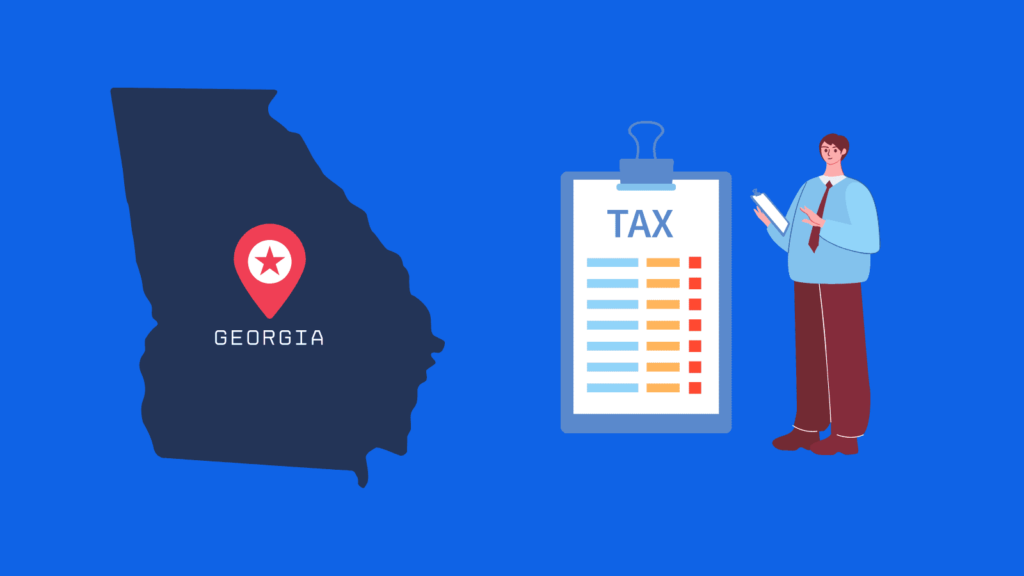New Jersey Self Employment Tax Guide for 2022: What You Need to Know
December 29, 2022

peakreliance
Accounting, Bookkeeping, Taxes
If you’re a self-employed individual or small business owner in New Jersey, you may be wondering what you need to know about self-employment tax in 2022. Self-employment tax is a type of tax paid by individuals who are self-employed, such as freelancers, independent contractors, and small business owners. It’s a combination of Medicare and Social Security taxes that must be paid on any net income earned from self-employment. In New Jersey, the self-employment tax rate is 15.3%. Understanding the details of self-employment tax, including the filing requirements and deadlines, can help ensure that you don’t face any surprises when it comes time to file your taxes. Read on to learn everything you need to know about self-employment tax in New Jersey for 2022.
What is Self-Employment Tax?
Self-employment tax is a tax that is paid by individuals who are self-employed. It consists of both Medicare and Social Security taxes, and it must be paid on net income earned from self-employment. In other words, self-employed individuals pay themselves a salary that includes both the amount they should be paid for the work they do and taxes on that income. They then pay taxes on the amount they themselves declared as income. While the name sounds like it’s only for entrepreneurs, it can also apply to work in the freelance economy. Self-employed individuals must pay both the employee and employer portion of the Social Security and Medicare taxes. When you calculate the amount of self-employment tax you owe, you will need to account for both the employer’s and the employee’s portion of the Self-Employment Tax. The amount of self-employment tax you owe is determined by your net self-employment earnings and your net profit from the business. You can use the Self-Employment Tax Calculator to figure out how much you owe.
Self-Employment Tax Rate in New Jersey
The self-employment tax rate in New Jersey is 15.3%. This rate applies to individuals who have earned $600 or more from self-employment in a given tax year. The self-employment tax rate in New Jersey is identical to the combined Social Security and Medicare tax rate for employees in the state (15.3%). The self-employment tax rate in New Jersey applies to all individuals who are self-employed, including freelancers, independent contractors, and small business owners.
Who Needs to Pay Self-Employment Tax?
Anyone that earns $600 or more from self-employment in a given tax year must pay self-employment tax. This includes freelancers, independent contractors, and small business owners. Self-employed individuals must pay both the employee and employer portion of the Social Security and Medicare taxes. When you calculate the amount of self-employment tax you owe, you will need to account for both the employer’s and the employee’s portion of the Self-Employment Tax. The amount of self-employment tax you owe is determined by your net self-employment earnings and your net profit from the business. You can use the Self-Employment Tax Calculator to figure out how much you owe.
Self-Employment Tax Deduction
One benefit of paying self-employment tax is that it’s deductible when calculating your taxable income. To claim a deduction for the self-employment tax you paid, you must itemize your deductions on Form 1040, Schedule A, or Form 1040NR, Schedule A. If you paid only the employer’s portion of the Social Security and Medicare taxes, you cannot claim a deduction for self-employment taxes unless you are in business by yourself. You can claim a deduction if you paid both the employer’s and employee’s portions of the Social Security and Medicare taxes. You can deduct the amount of self-employment tax you paid as an above-the-line deduction on Form 1040 or Form 1040NR. However, this means that you must itemize your deductions.
How to Calculate Self-Employment Tax
To calculate the amount of self-employment tax you owe, you first need to calculate your net self-employment earnings. To do this, you will need to subtract any expenses you incurred while working self-employed from any income you earned while self-employed. Once you have calculated your net self-employment earnings, you can use the Self-Employment Tax Calculator to figure out how much you owe. You can also use the chart below to help you calculate self-employment tax more quickly. Net Self-Employment Earnings Calculate your net self-employment earnings by subtracting any expenses you incurred while working self-employed from any income you earned while self-employed. Social Security and Medicare Taxes Calculate the amount of Social Security and Medicare taxes you owe by multiplying your net self-employment earnings by the current Social Security tax rate (6.2%) and the current Medicare tax rate (1.45%). Self-Employment Tax Add the amount of Social Security taxes you owe and the amount of Medicare taxes you owe together to calculate the total amount of self-employment tax you owe.
Self-Employment Tax Filing Requirements
If you owe self-employment tax, you must report it on Form 1040 or Form 1040NR. You must also complete Schedule SE and attach it to your tax return. The deadline to report self-employment tax and file your return is the same as the deadline for employees and self-employed individuals who are not due a tax refund, which is April 15, 2022. If you file an extension to file your tax return, you also have to file an extension to report your self-employment tax. If you owe self-employment tax, be sure to pay the tax by the extended due date. If you don’t, you may face penalties and interest on the amount you owe. There are several payment options available to make payment of your self-employment tax as convenient as possible. You can pay online, by phone, by mail, or in person at a local IRS office.
Self-Employment Tax Deadlines
If you owe self-employment tax, you should file your tax return by the due date, which is April 15, 2023. However, it is best not to wait until the last minute to get your taxes done. In order to give yourself ample time to file your taxes, you should start preparing for them as soon as you have all of your information. If you owe self-employment tax, be sure to pay the tax by the extended due date. If you don’t, you may face penalties and interest on the amount you owe. There are several payment options available to make payment of your self-employment tax as convenient as possible. You can pay online, by phone, by mail, or in person at a local IRS office.
Conclusion
Self-employment tax can be complex, but the more you know about it, the better you can manage your finances. One way to reduce the amount of self-employment tax you owe is to claim deductions where possible. Another way to reduce the amount of self-employment tax you owe is to increase your income by taking on more freelance work or growing your small business.
Need help with your self-employment taxes in New Jersey? Contact us at +1 (718) 218-5558 or [email protected] to learn more about our services and get expert assistance with your tax obligations.
Post Tags :
New Jersey, Self Employment Taxes
About Us
Empowering small businesses and individuals with efficient and reliable bookkeeping & tax services.















